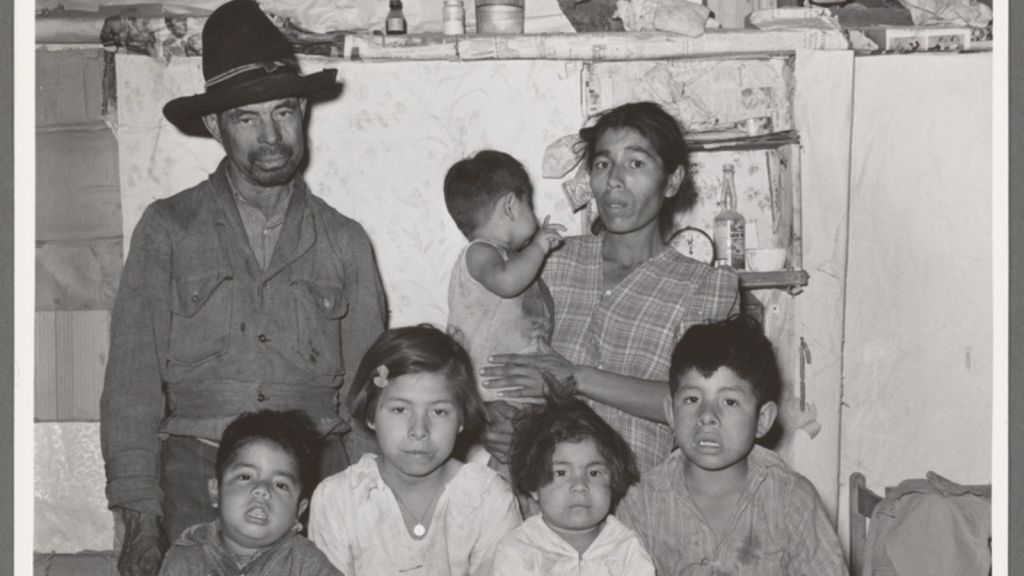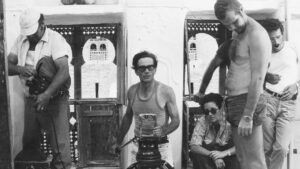“Unlocking the Secrets of Dia de los Muertos: 12 Vibrant Traditions You Didn’t Know About!”
Have you ever wondered what the real scoop is behind those vibrant skeletons and colorful altars that pop up every November? Dia de los Muertos, or Day of the Dead, isn’t your run-of-the-mill, consumer-driven holiday. Nope! It’s a heartfelt celebration from Mexico, crafted to honor those who have passed while reminding the living of the beauty of life. Unlike Halloween, which thrives on spookiness and candy overload, this festival is all about connecting with loved ones who’ve said their goodbyes—celebrating their lives with joy, laughter, and perhaps a sprinkle of sweet nostalgia. Curious yet? Get ready to dive deeper as we explore 12 fascinating facts about this rich and colorful tradition that captures the essence of remembrance. LEARN MORE.
Dia de los Muertos, or Day of the Dead, is not the stereotypical commercialized holiday filled with consumerism. Unlike Halloween, which has an intentionally eerie feel, this Mexican celebration is a beautiful homage to life and remembrance. It’s a time when families believe the boundaries between the living and the deceased blur, allowing them to reconnect and honor those lost.
Dia de los Muertos is a deeply rooted tradition that celebrates the present and [provides a hopeful look toward the future, embracing the natural cycle of life and death. Beneath the colorful streamers and marigolds, the festival is filled with meaning, reminding us of the lasting impact our loved ones leave on us.
Curious to learn more about this vibrant holiday? Here are 12 facts that capture the essence of Dia de los Muertos:













